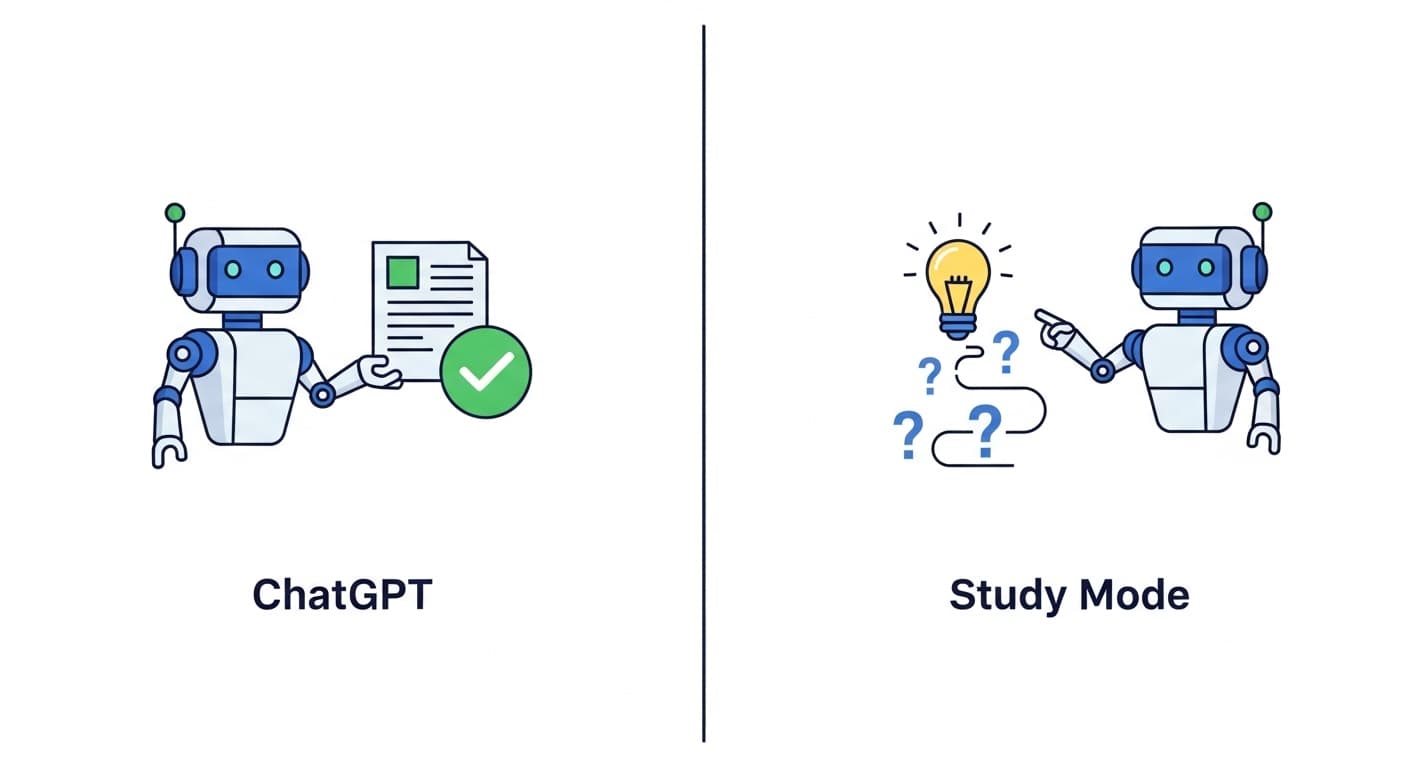
Google has officially made its Veo-2 model available for free AI video generation on the Google AI Studio platform.
The model is also now accessible to users through the Gemini API, as per the company's updates yesterday.
Veo-2 represents the latest generation of Google’s advanced video creation tools that leverage text and image-based inputs.
This version stands out for its ability to turn text or visual prompts into short video clips not exceeding eight seconds, with accurate motion simulation and physics, alongside diverse visual styles that match various cinematic approaches.
How to Access Google Veo-2 for Free and Paid Versions
As we mentioned yesterday, the Veo-2 model is accessible with Gemini via Gemini Advanced service, available for paid subscribers.
Additionally, you can use it to convert your images into animations using the Whisk Animate tool that was launched yesterday, but this is currently limited to Google One AI Premium subscribers.
What makes this noteworthy—and serves as an excellent marketing strategy—is the fact that it is available for free testing through the popular developer interface, AI Studio. You can access it directly from the 'Video Gen' option in the platform's left-hand menu.
The power of this step lies in targeting developers and those who wish to integrate Google's model into their applications.
To offer a better experience, features are available for testing commands and adjusting settings, such as video length and aspect ratio, with real-time results.
After this trial, if you’re satisfied, you can move to the paid tier in the Gemini API, priced at $0.35 per second.
Learn more about integrating Veo-2 with Gemini and Whisk.
Features and Capabilities of Veo-2
Veo-2 allows video generation in 720p resolution with a maximum length of eight seconds using just text prompts.
These clips are displayed in a 16:9 horizontal format, and users have full control over scene details through written instructions, no matter how complex.
According to Google’s publication, Veo-2 uses a deeper understanding of object movement and real-world physics to produce natural scenes and smoother character motions.
The model supports two main methods of video creation:
- Text-to-video (t2v), where textual descriptions are used to generate moving scenes.
- Image-to-video (i2v), starting from a still image that is animated according to the accompanying text, if available.
Tips from Google for Generating the Best Videos
Google emphasized the importance of crafting precise and detailed commands to get realistic and impressive results.
The clearer the description, the better the quality of the generated video.
In this regard, the company recommends specifying elements such as the main subject, the ongoing event, scene location, camera angle, lighting, and desired visual style.

One of the examples presented by Google was a promotional scene for a perfume bottle, where the generated results showcased fine details like light reflections on the crystal surface, a droplet rolling over the glass, and a sophisticated background distribution that set an elegant and luxurious mood.
Comparison between Veo-2 and Sora
When comparing Google’s Veo-2 with OpenAI's Sora model, both offer similar features in terms of quality and timing accuracy.
Through ChatGPT Plus, Sora can generate 720p videos up to ten seconds long.
Meanwhile, Veo-2 offers the same resolution via Gemini Advanced but limits the videos to eight seconds.
However, the final judgment between the two models depends on the actual quality of the generated results, which will become clearer as users experiment and specialized reviews follow.
Practical Applications
In practical use, Google noted that companies such as AlphaWave and Trakto have begun integrating Veo-2 into their internal tools for content creation.
AlphaWave, a marketing company for fashion and retail brands, uses it to convert still images into promotional videos that can be quickly published and tested within product marketing campaigns.
Meanwhile, Trakto, a company specializing in marketing and design, employs Veo-2 within its Trakto Director tool to transform written scripts into professional advertisements, combining text-based and visual models.
Explore Google's blog page about this announcement & Access methods.









